Golden Treasure journey is an experience across the North of India, on board the Deccan Odyssey. It is one of the luxury trains in India which is well known for its flawless hospitality and top- notch services. In this journey you are entrusted to visit some of the most popular destinations of the country within the 4-days and 3-nights journey.
Different shades of traveling experiences are offered in this journey, beginning from the insight into the old Mughal city of Agra, followed by the wildlife encounter in the Ranthambore National Park, further the “Pink City” (Jaipur) has crafts and colors to offer.
The overall trip will leave you content and nostalgic in years to come. The blog enlists details about the featured destinations and it’s prime attractions:
Deccan Odyssey – Golden Treasure Destinations
1. Agra
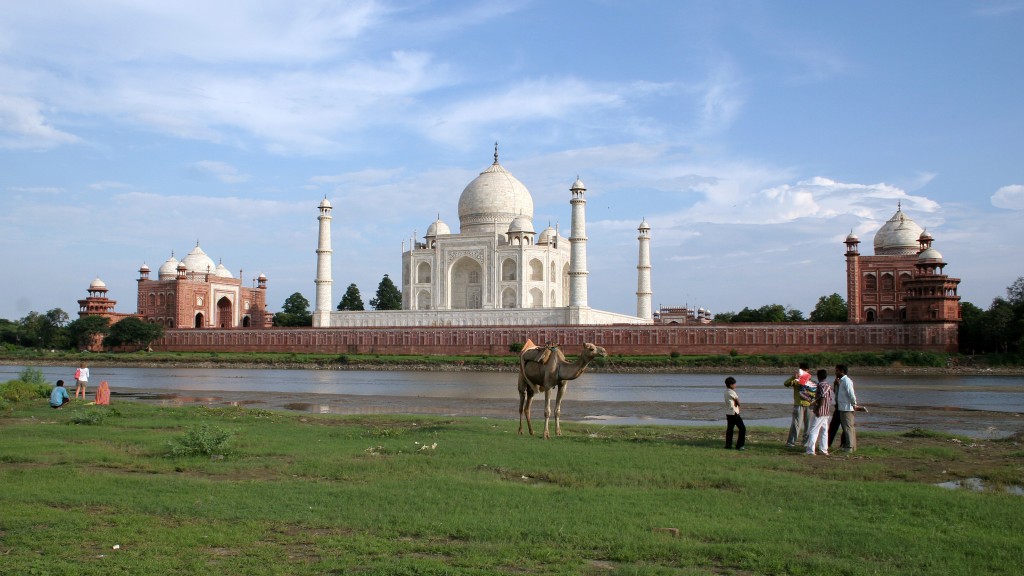
Agra, the former capital of India, lies on the banks of the Yamuna River in the northern state of Uttar Pradesh, India. It houses the great Taj Mahal, one of the seven wonders of the world. Agra, with its intricate and beautiful architecture, will surely leave you awe-stricken.
The whole city is well designed, exhibiting the detailing in houses and even the tombs. With its rich culture, religious, historical, and architectural essence comes together to form this lovely city of Agra.
You get a chance to explore some of the most sought-after tourists attractions in the Mughal City:
2. Taj Mahal
The Taj Mahal is a white marble monument located in Agra, beside the right bank of the Yamuna River. The Mughal Emporer Shah Jahan built it in memory of his deceased wife, Mumtaz Mahal.
The jewel of Muslim art is how the Taj is recognized by all, and in 1983, the Taj was considered a UNESCO World Heritage site. It is a mixture of Islamic, Persian, Ottoman Turkish and Indian architectural styles.

The king employed thousands of artisans and craftsmen to complete this mausoleum. The view of Taj Mahal from afar or up close is dreamlike. Its symatrical, concave and convex and the colour combination shows us the varying moods of the Taj.
The intricate work of the artisians all around the monument is noteworthy, the white marble is imbedded by various precious and semi precious stones which reflects light making it all the more pretty.
The tomb is the main focus of the entire building, it is raised on the square platform with four sides of the octagonal base of the minarets. its four minarets that stands free at the corner of the platform gives us the three dimentional effect.
The Taj Mahal is not only the momento to the Mughal Emporer’s wife but also a reminder of the innovative and creative individuals of ancient time. One must see it to believe it.
Also Check: Indian Odyssey Journey
3. Itmad-ud-Daulah’s Tomb
It is a Mughal mausoleum also found in the city of Agra, the tomb is often called a “jewel box”. It is regarded as a draft of the Taj Mahal,and sometimes called the ‘baby Taj’ built between 1622 and 1628 shows a change of the first phase of the Mughal architecture. The tomb is basically built from red sandstones with marble decorations.
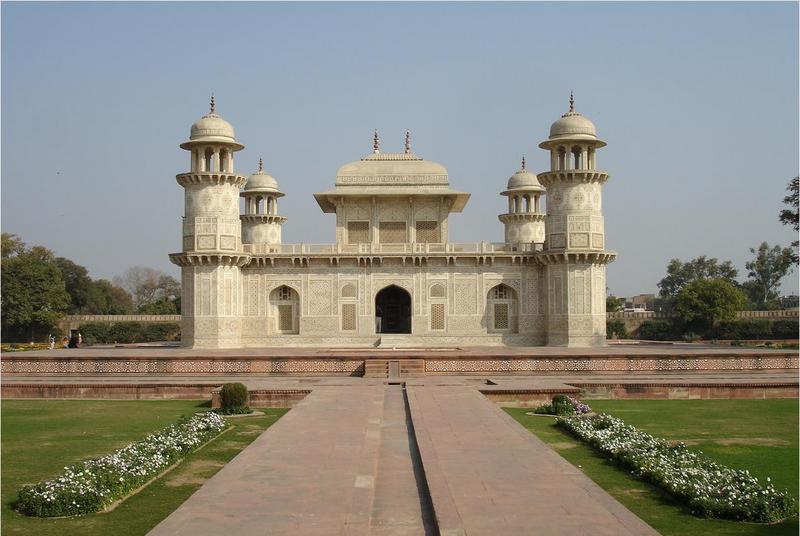
The tomb was built by Nur jahan, the wife of Jahangir for her father. It is located on the right bank of the Yamuna River, reflecting the beauty of the Mughal architecture and designs.
Another similarity it shares with the Taj is that its has the white marble base decorated with stones of various nature. Itmad-Ud-Daulah’s Tomb is a recommended site for more knowledge about the Mughal architectural style form.
4. Agra Fort
Agra Fort is located on the right bank of the Yamuna river in the city of Agra in Uttar Pradesh. The great Mughal emperor Akbar commissioned the construction of the Fort, it encompasses a radius of three kilometers and is bordered by a 70 foot tall wall.
The strong and forbidding exterior of the Fort is nothing like its beautiful and elaborate interior. There are a number of exquisite buildings within like Moti Masjid (it is a white marble mosque); Diwan-I-Am; Diwan-I-Kha; Mausammanurj (here Shahjahan died); Khas Mahal; and Seesh Mahal.
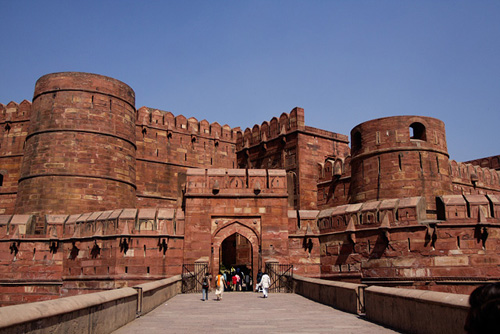
5. Fatehpur Sikri
Fatehpur Sikri is a fascinating city built in the 16th century by Akbar (Mughal king), it is 37 km from the city of Agra.The city resides on the rocky ridge. Fatehpur is one of the finest examples of the Mughal architecture at its height.
The mosque in the city is said to be the replica of the mosque in Mecca, designs are derived from the Persian and Hindu architecture. The local red sandstones are used in all the buildings at Fatehpur Sikri.
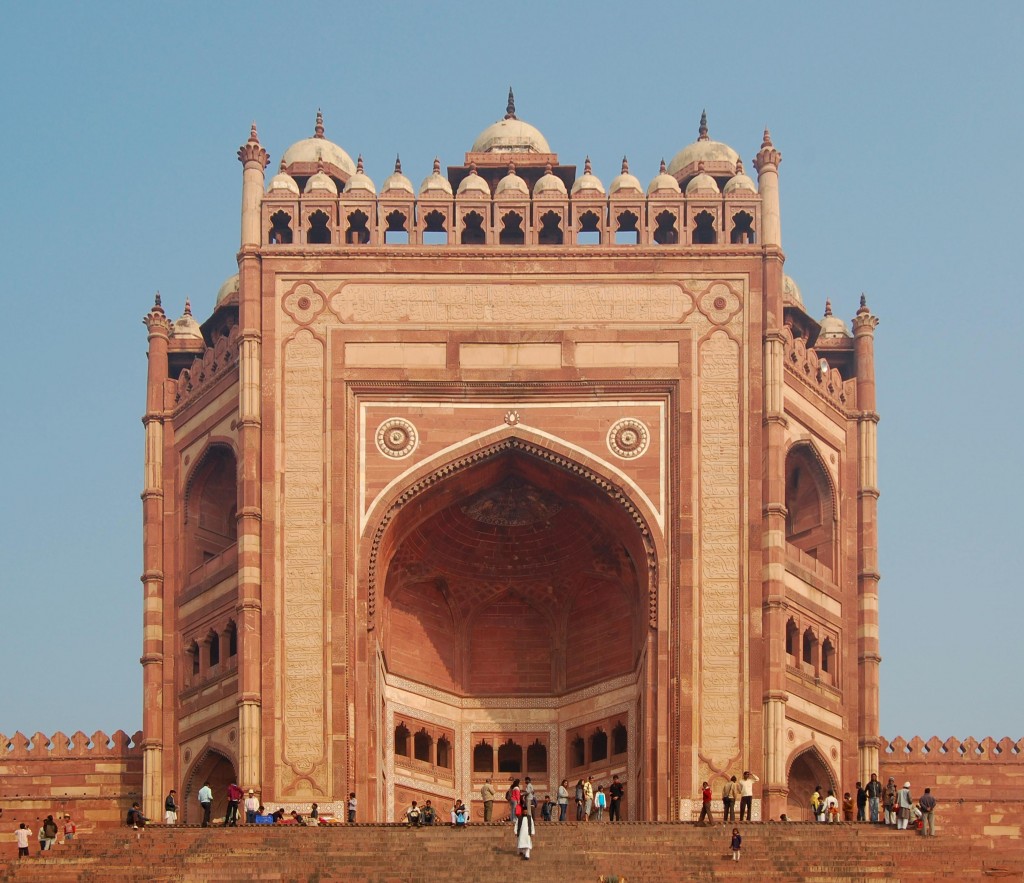
Some of the buildings in the city that are recommended for a visit are:
Buland Darwaza: This work of architecture is 55 m high, from the outside, but gradually lowering down in the inside. Buland Darwaza is set in the south wall of the congregational mosque (the Jama Masjid). It comprises of three arched entrances, large one in the middle known locally as the Horseshoe gate.
Jama Masjid: The congregational mosque, is also one of the earliest buildings made in the city. The mosque is made in a distinguished manner.
The other distinguished buildings in the city are the Diwan-I-Am or a hall of public audience, where the ruler met the general public. The other set up was that of Diwan-i-Khas or a hall of private audience.
o Similarly, building for other purposes were Ibadat Khana or the house of worship; Birbal’s house (the house of Akbar’s favorite minister); Panch Mahal, which was a five-storied building that gradually narrowed in the size .
Also Check: Indian Sojourn Journey
6. Sawai Madhopur (Ranthambore)
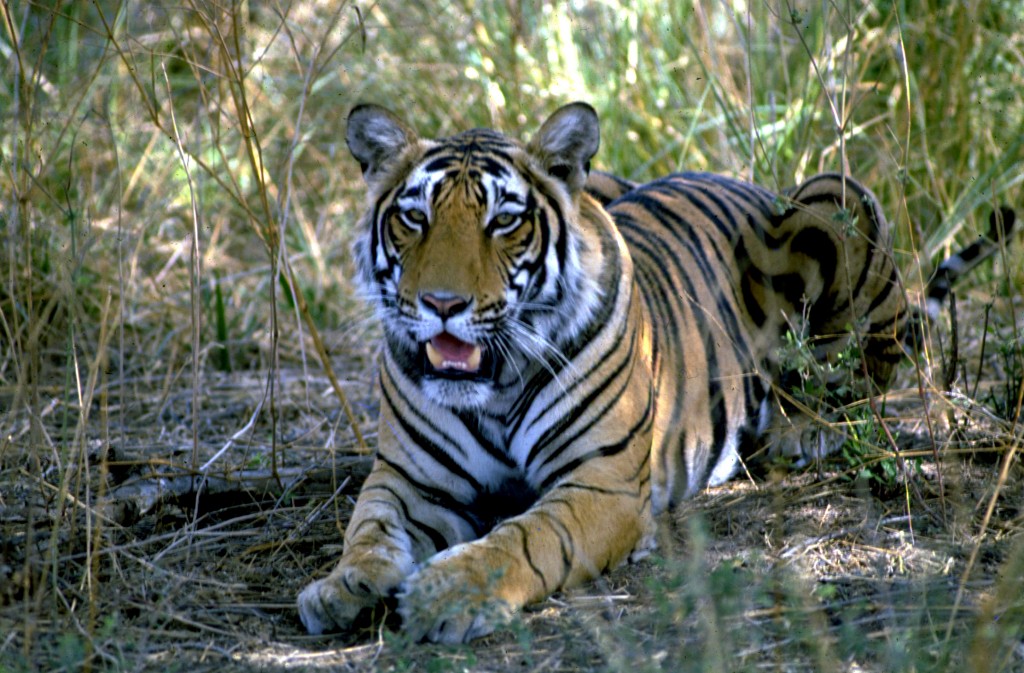
Sawai Madhopur is a city and a municipal corporation in the Indian state of Rajasthan. It is also home to the Ranthambore National Park and the historic Ranthambore Fort (UNESCO heritage site).
It is around 130 km from Jaipur and was considered one of the famous hunting grounds for the ancient royals. This place now is a famous tourist wildlife attraction, which brings forth photographers and nature lovers.
Ranthambore National Park homes a great number of animals, birds, and reptiles. Among animals are tigers, leopards, jungle cats, desert cats, monkeys, foxes, and more.
There are multiple varieties of birds and reptiles. It is one of the most sought-after wildlife reserves in the northern part of the country. Have a rendezvous with the big cats here.
7. Jaipur
Jaipur is the capital of Rajasthan and is the largest city of the srare, the city is vibrant with its pink color buildings and so it is also known as the “Pink City”. The city was established in 1727 by Jai Singh II and is India’s first planned city.
Jaipur is rich in heritage, culture and fortifications, the city is dotted with many palaces, beautiful havelis and temples. The best time to visit Jaipur would be around October- march, you will be greeted with many fairs and fests. The famous festivals in the city is the kite flying festival, Teej, camel festival and many more.
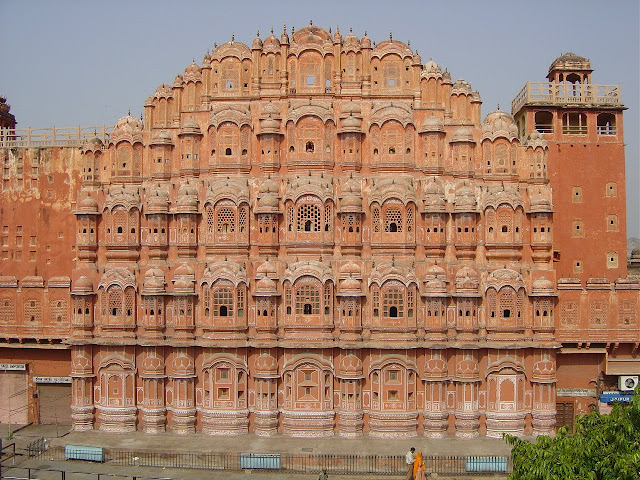
Visit the local vibrant bazaars here. Jaipur is mostly popular for its jewelry designs, block prints, fabrics and camel skin. The city tempts you to live the royal life of the ancient maharajas through its various heritage resorts. The trip to Jaipur leaves you with a great knowledge about the culture and lifestyle of the people who lives and lived there.
8. New Delhi
Being the capital city of the country, Delhi holds prominence in tourism as well as the cultural fields. Delhi is like a mini India in itself with diversity in language, culture and outlook.Tourists will love the stay here because it offers both Indian authenticism and the modernness.

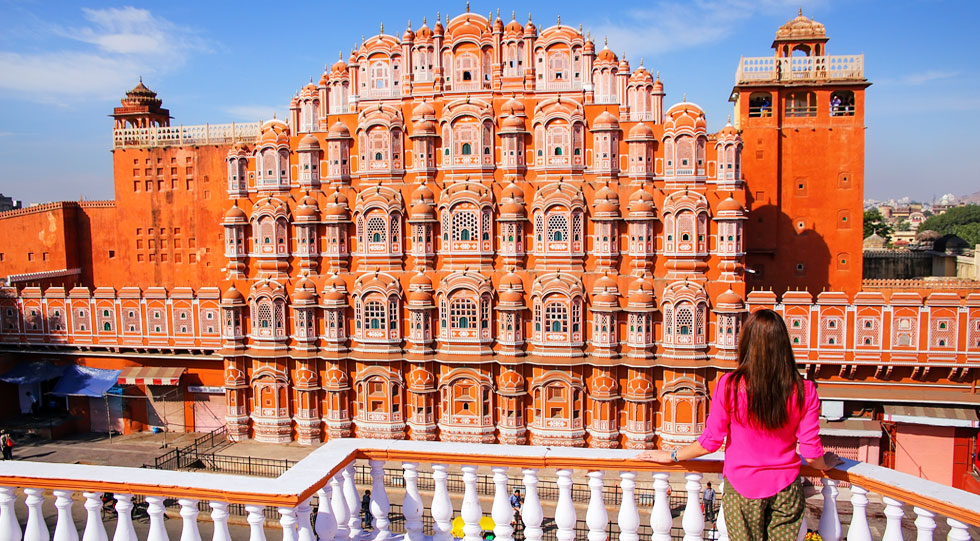
Comment (0)